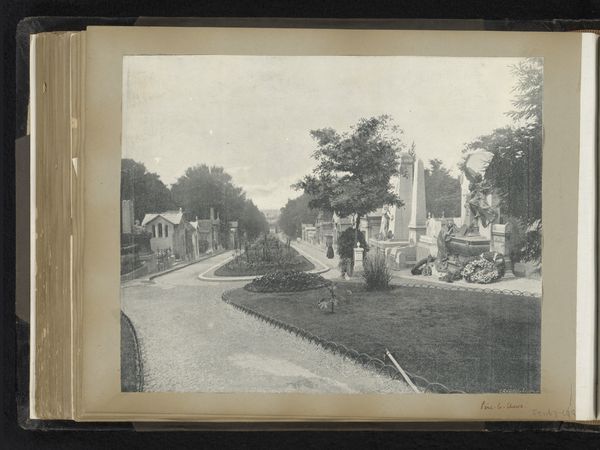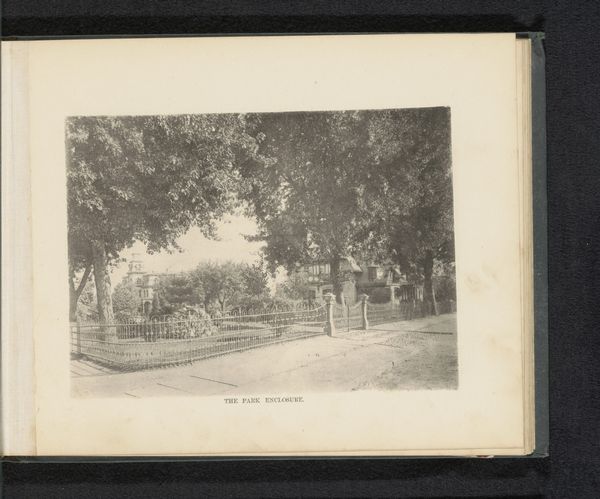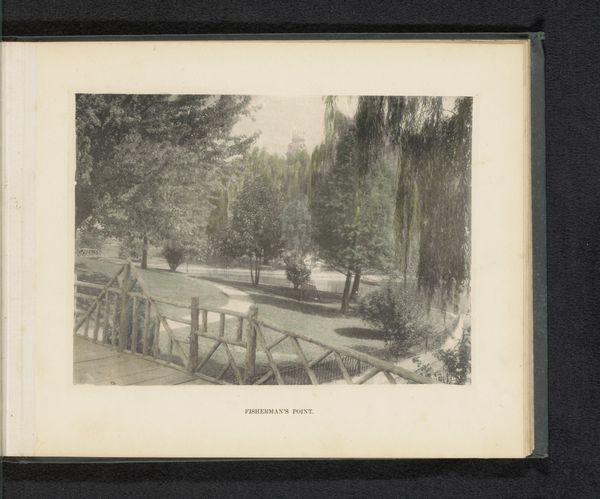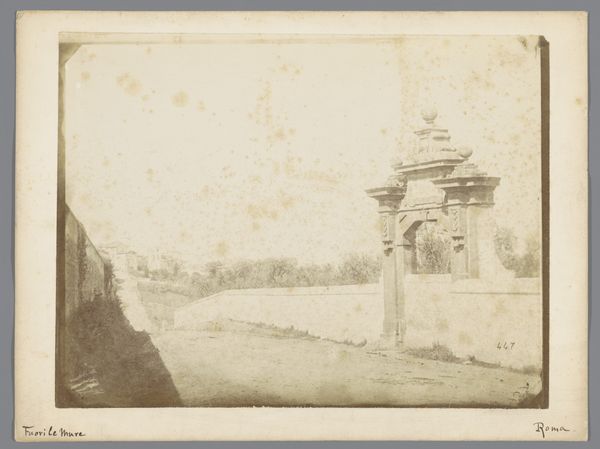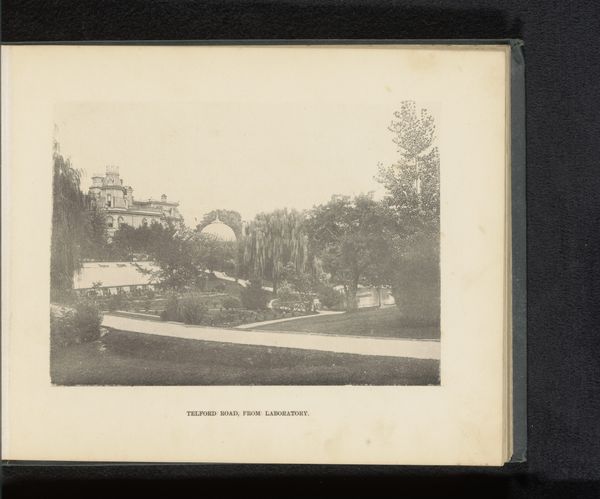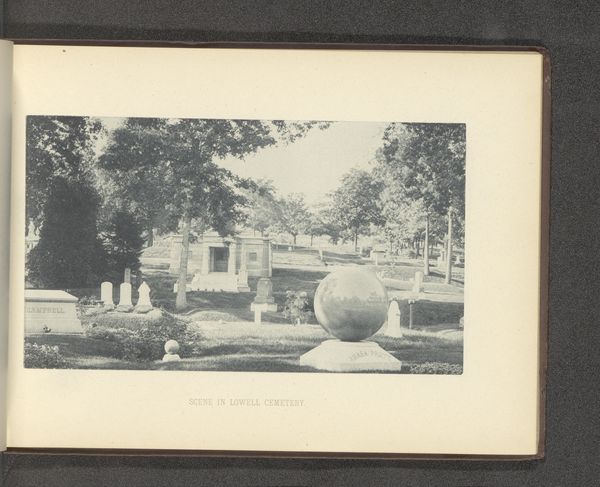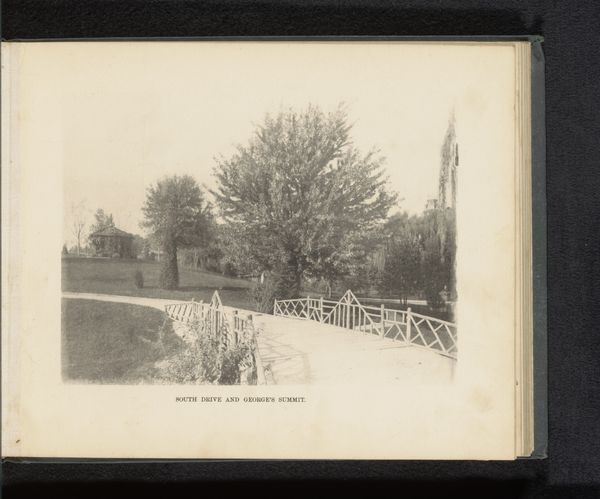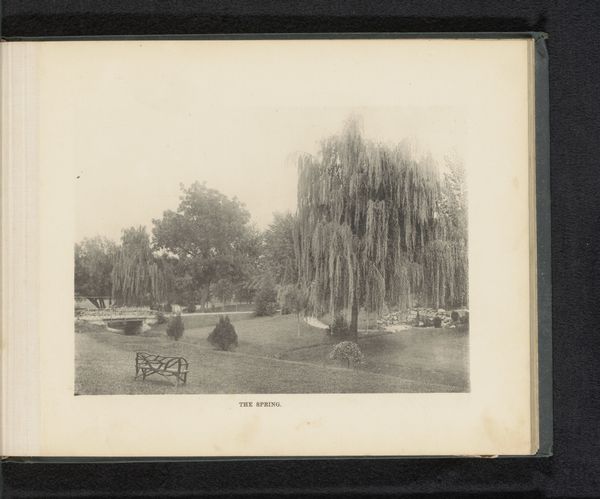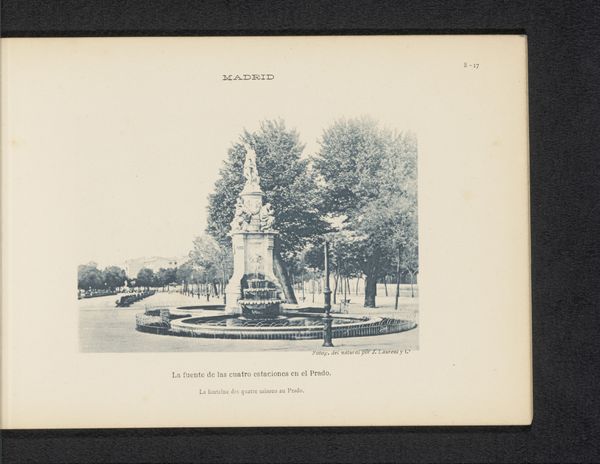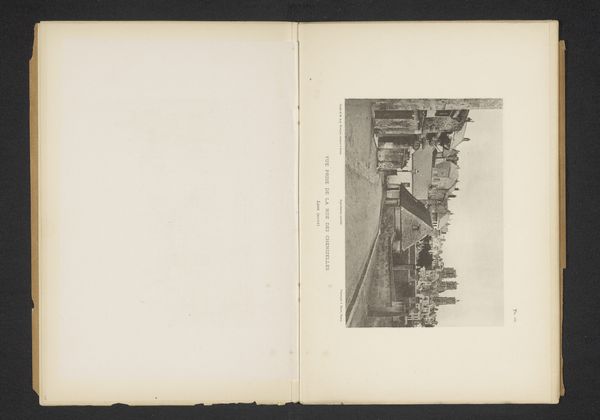
Gezicht op de Via Appia Antica te Rome, met op de achtergrond de Tombe van Caecilia Metella before 1907
0:00
0:00
print, photography
# print
#
landscape
#
photography
#
romanesque
#
ancient-mediterranean
#
cityscape
Dimensions: height 193 mm, width 250 mm
Copyright: Rijks Museum: Open Domain
Editor: This photograph, entitled "Gezicht op de Via Appia Antica te Rome, met op de achtergrond de Tombe van Caecilia Metella," credited to Edizione Brogi and taken before 1907, offers a glimpse into a historical Roman landscape. The sepia tones give it such a solemn and almost nostalgic quality. How would you interpret this work? Curator: This image offers us more than just a picturesque view; it invites a dialogue about the layers of history and power embedded within the landscape. Think about the Via Appia, a Roman road meant to project dominance, and then consider the tomb, a monument to a specific woman in power, likely appropriated, maybe even looted. What does it mean to photograph these spaces then? Editor: It's interesting to think about it in terms of power. The photograph almost romanticizes the ruin, so perhaps it normalizes those power dynamics. Do you think there's something to that? Curator: Precisely! The aestheticization can subtly erase the violence inherent in creating and maintaining such a road, the exploitation and social hierarchies inherent to the Roman Empire. Who gets to travel the road, and who's labor built and maintains it? Think about the layers: Brogi is capturing something already imbued with significance. Is the photographer reinforcing those original meanings or subtly shifting them? Editor: So, it's less about what is shown, and more about how the photo itself participates in a long, complex history? Curator: Exactly. It’s a landscape charged with symbolism and power dynamics—imperial ambition, remembrance, and the subtle ways photography can perpetuate or challenge those narratives. Editor: I never considered how much history is embedded into the act of photographing a historical site! I’ll definitely look at these types of images differently going forward. Curator: Me too! Thanks for your insights on how photographs engage with history.
Comments
No comments
Be the first to comment and join the conversation on the ultimate creative platform.
